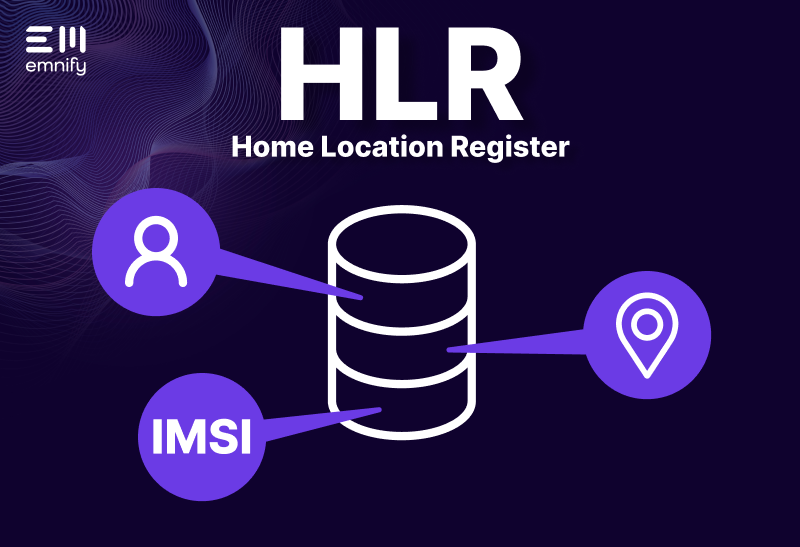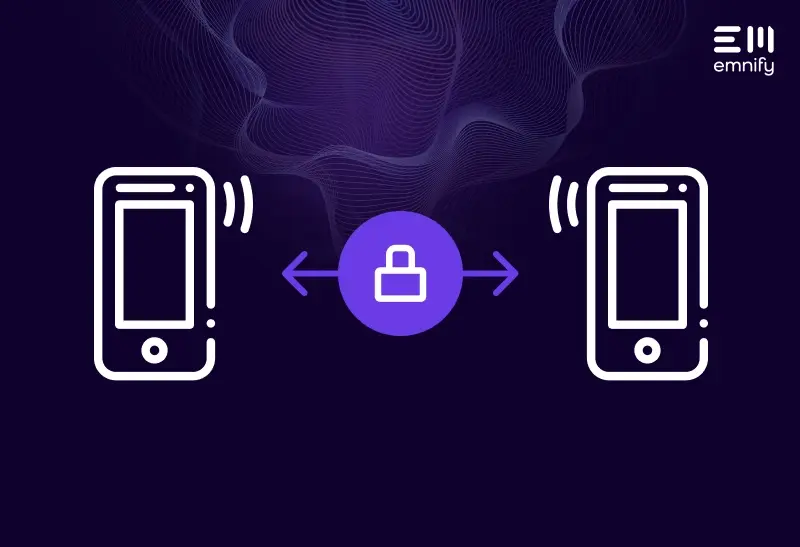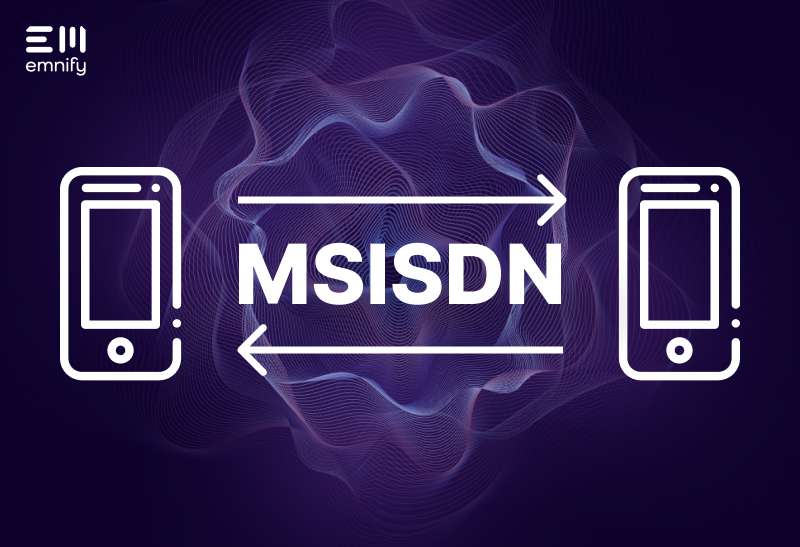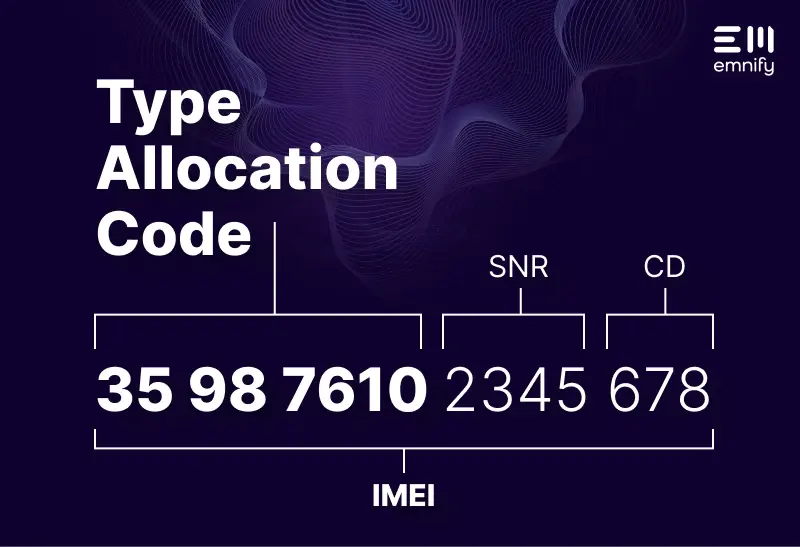

Quick definition: A Home Location Register (HLR) is a database that contains subscriber information such as the International Mobile Subscriber Identity (IMSI), the phone number associated with the subscriber (the MSISDN), their account status, and their last known location.
Home Location Registers are a component of 2G and 3G mobile networks. Every cellular carrier that facilitates telecommunications on one of these networks maintains its own HLR. Instead of an HLR, 4G networks have a Home Subscriber Server (HSS). In 5G networks, Unified Database Management (UDM) performs these functions.
Any time a device attempts to access a cellular network, a Message Switching Center (MSC) uses the network’s HLR to determine whether the subscriber is authorized to access services, how to charge the subscriber for those services, and how to route transmissions to and from the device.
When a subscriber’s contract with a carrier ends, the carrier removes them from the HLR, cutting them off from accessing the network. (Although some regulating bodies like the FCC require operators to facilitate emergency calls, regardless of whether the caller has a subscription.)
HLRs do not include information about subscribers that belong to the Mobile Network Operator’s (MNO’s) roaming partners. If a device attempts to access a network outside of its “home” network (the one that belongs to the MNO the subscriber has a contract with), the local MSC checks with its Visitor Location Register (VLR), which requests the subscriber’s information from the home network’s HLR.
The VLR confirms if the device is allowed to attach to the network and verifies that the correct SIM is being used. The HLR tells the VLR what services the SIM can use, and the VLR temporarily stores all this information.
Home Location Registers don’t track subscribers’ locations in real time. Instead, the network periodically sends Tracking Area Updates (TAUs), which tell connected devices to share their location. The HLR then stores this information as the device’s last known location, which the MSC uses to streamline connections between devices.
Suppose Device 1 wants to transmit to Device 2. In a 2G network, the nearest Base Transceiver Station (2G) picks up the signal and relays it to the Base Station Controller (BSC) responsible for the network cell Device 1 is located within.
The Base Station Controller (BSC) then relays the access request to the MSC overseeing that cell. The MSC uses the HLR to determine if Device 1 is authorized to use the network, then either approves or rejects the connection.
If Device 2 is in the same network, the MSC also uses the HLR to figure out where Device 2 is located and approve or reject its connection. If Device 2 is not in the same network, the MSC forwards the request to the appropriate network’s MSC, which then uses its own HLR to determine if Device 2 is authorized to connect.
In a 3G network, the process works similarly, but with a Node B instead of the Base Transceiver Station (BTS), and a Radio Network Controller (RNC) instead of a Base Station Controller (BSC).
Keep learning about cellular IoT
Cellular connectivity is simple to implement, but there’s a lot to learn about how it works. You don’t have to build your own network if you’re building a cellular IoT application, but the choices you make in development can have a big impact on the types of networks you can connect to and how deployments will work if you expand to serve customers in new countries.
Our guide to cellular IoT is a great place to start exploring ways the Internet of Things is changing the way we think about cellular connectivity. If there’s something more specific you want to learn about, you can explore our IoT glossary. Go to the IoT glossary.
Get in touch with our IoT experts
Discover how emnify can help you grow your business and talk to one of our IoT consultants today!

If you want to understand how emnify customers are using the platform Christian has the insights. With a clear vision to build the most reliable and secure cellular network that can be controlled by IoT businesses Christian is leading the emnify product network team.


